Design for Carpet, “Blythswood,” front steps, centered c.1937
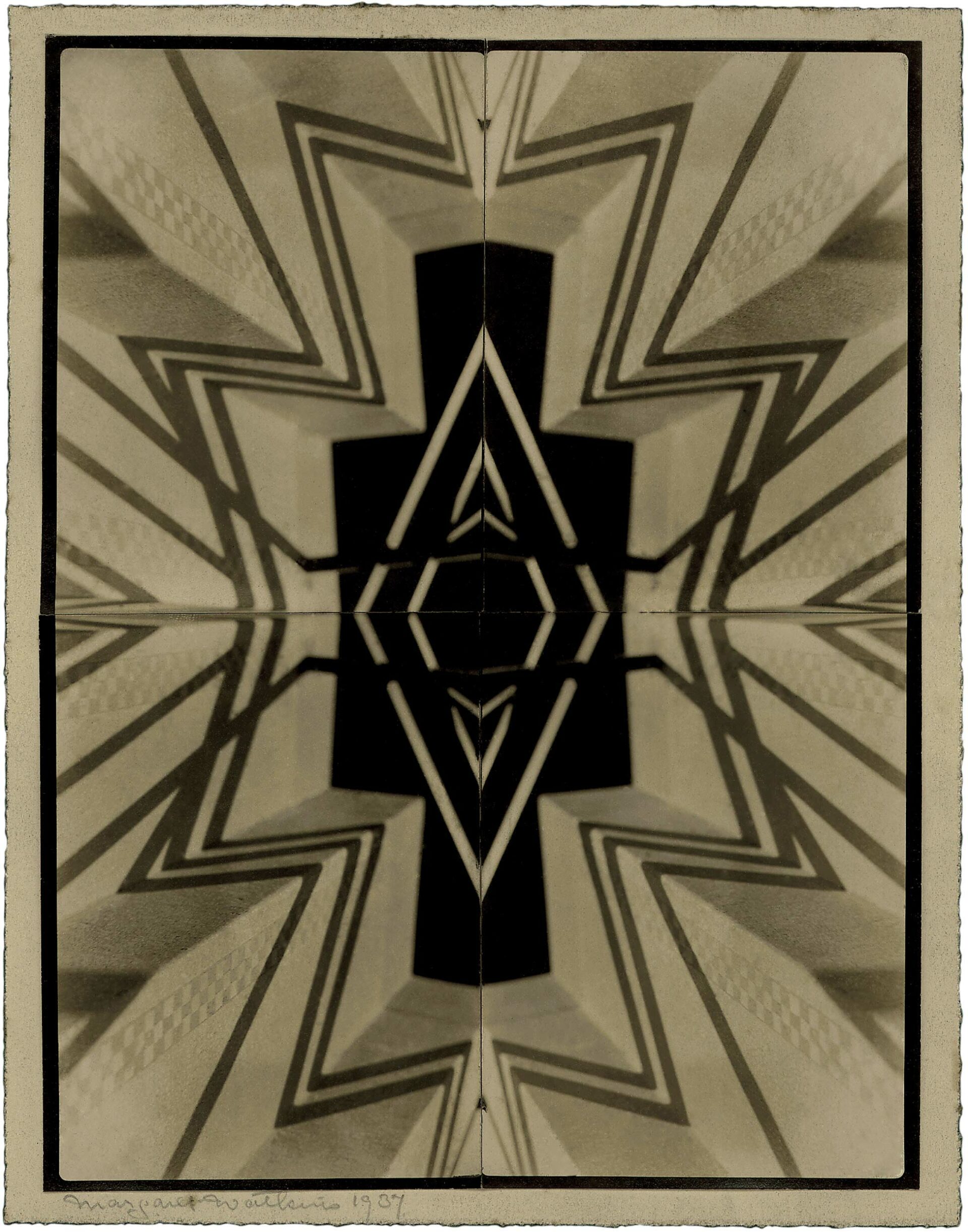
Margaret Watkins, Design for Carpet, “Blythswood,” front steps, centered c.1937
Gelatin silver prints, 20.5 x 15.6 cm
The Hidden Lane Gallery, Glasgow
One of Watkins’s last experiments was a set of multiple photographs, turning her European streetscape images into abstract design. Long gone is any Pictorialist soft-focus scene of faces in sunlight or trees by a river. Instead, we have the angles, latent in her Opus 1 fishing boats, turn into absolute geometric symmetry. The original photograph The Blythswood Multiple [Steps 1], c.1937, is already an abstract design of diagonal lines made from the shadows of an iron railing on a set of concrete steps with an inlaid pattern. Although there is still some range of tones, this gelatin silver print is closer to the high-contrast photographs of later photographers.
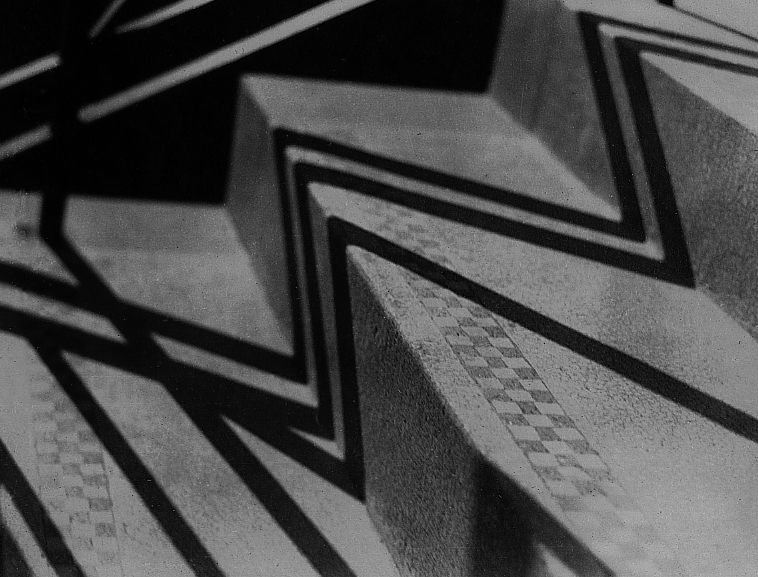
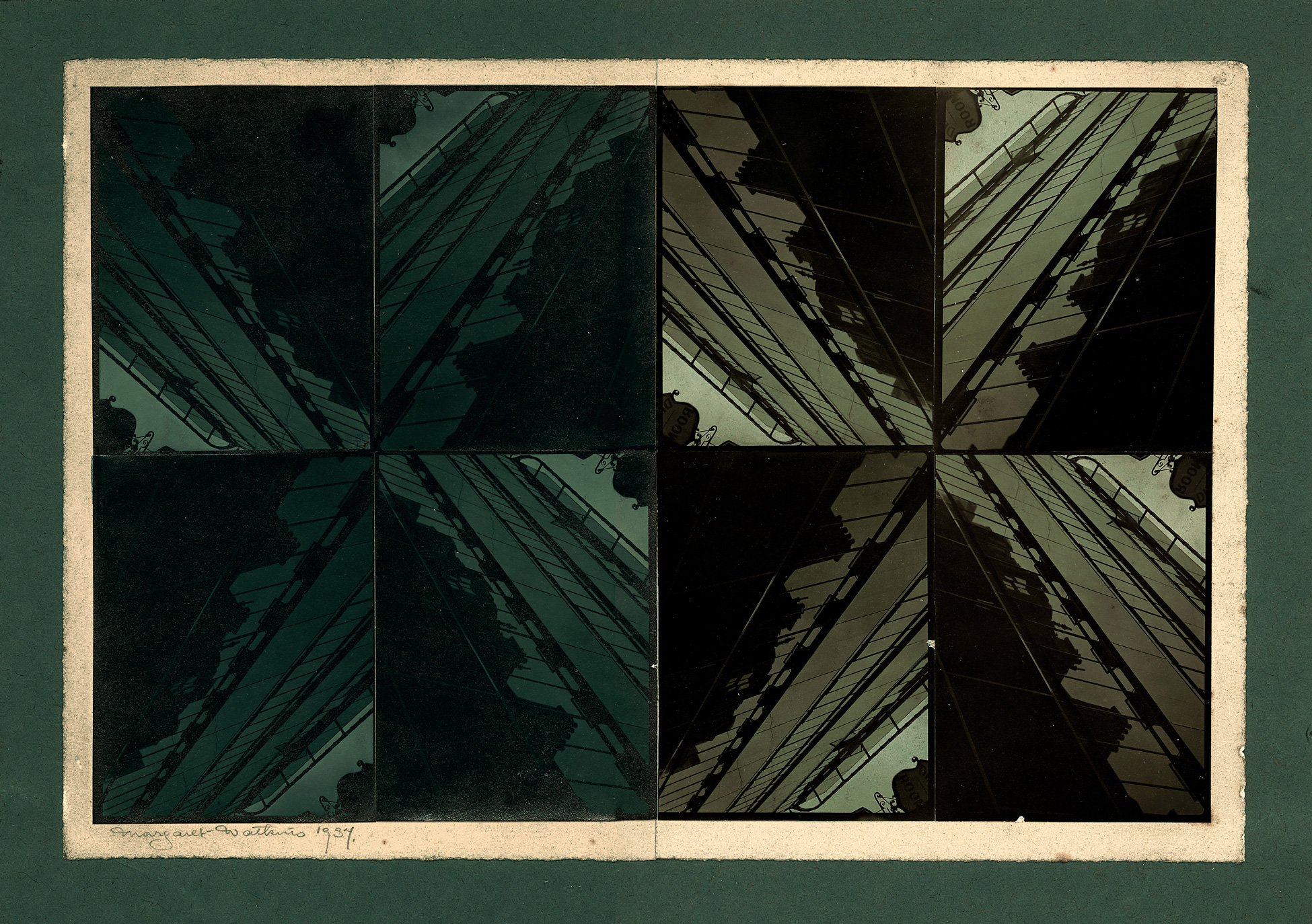
The multiple Design for Carpet is an Art Deco design, with a black centre superimposed by two white diamond lines, then, moving out to the edges, a series of diagonal shafts scored by black angles. The image is very much alive with movement, coming out from or into the centre. Watkins tried various multiples with this photograph, in one case using sixteen. Nevertheless, this four-image pattern achieves the most success with a balance between stasis and vibrating energy.
Under pressure to earn money from her photography, Watkins hoped that these multiples would sell as “Abstract Designs for Textiles.” She insisted this was all “Direct Photography, no manipulation or faking of any kind whatsoever!” suggesting the delight in the photographic engineering of her creation. Watkins tried other designs, working with images such as the glass ceiling of the Covent Garden Market dome and a section of a Moscow apartment shot from below, a multiple of fifteen identical photographs. Her Design for Lino, “Daily Express,” is subtitled [Jazzed Repeat], suggesting the syncopation of her lines and dark masses meeting slightly off-centre.
Although Watkins was not able to sell these multiples as commercial designs, she did exhibit four at the Glasgow and West of Scotland Photographic Association’s annual exhibition in 1937. She was the only woman in the exhibition, and it was Watkins’s last public showing in her lifetime. These carpet designs might well be her most modernist achievements.

 About the Author
About the Author
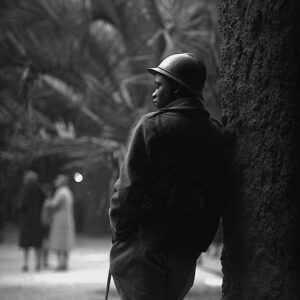 More Online Art Books
More Online Art Books
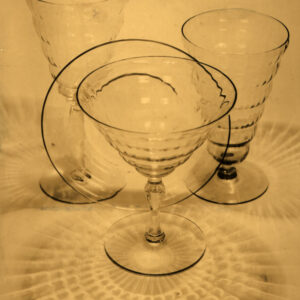 Acknowledgements
Acknowledgements